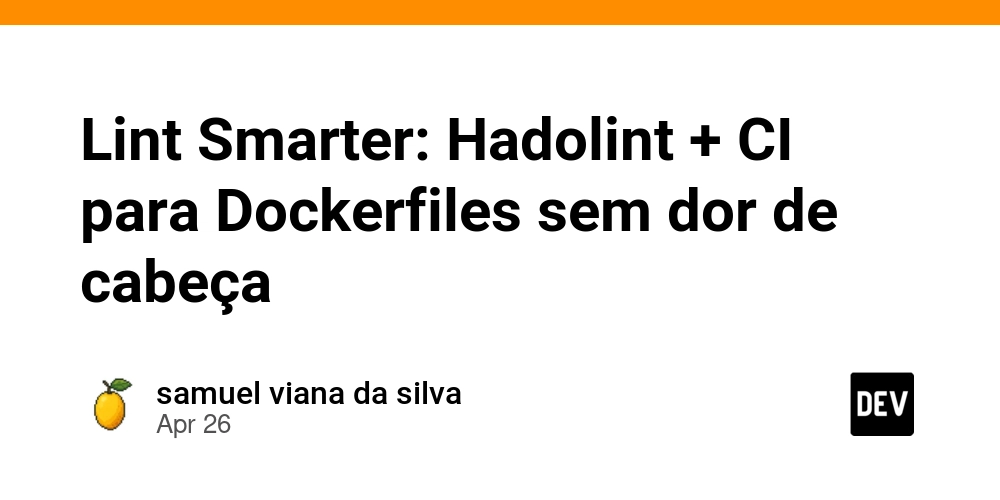Russian Hackers Attempting to Sabotage The Digital Control System of a Dutch Public Service
In a concerning development that marks a significant escalation in cyber warfare tactics, Russian hackers have been detected attempting to infiltrate and sabotage the digital control system of a critical Dutch public service. The attack, identified in 2024, represents the first known cyber sabotage attempt against Dutch infrastructure, setting a dangerous precedent for future operations. […] The post Russian Hackers Attempting to Sabotage The Digital Control System of a Dutch Public Service appeared first on Cyber Security News.

In a concerning development that marks a significant escalation in cyber warfare tactics, Russian hackers have been detected attempting to infiltrate and sabotage the digital control system of a critical Dutch public service.
The attack, identified in 2024, represents the first known cyber sabotage attempt against Dutch infrastructure, setting a dangerous precedent for future operations.
While authorities report that no damage was ultimately inflicted, the sophistication of the attack has raised serious alarms across European cybersecurity circles.
The operation targeted specialized industrial control systems responsible for managing essential public services in the Netherlands.
Initial detection occurred when anomalous command sequences were identified flowing through network monitoring systems designed to protect critical infrastructure.
The attack vector utilized a customized variant of malware specifically engineered to manipulate SCADA systems while evading standard detection methods.
Bitdefender researchers identified the attack as part of a broader Russian cyber campaign targeting European infrastructure.
Their analysis revealed that the malware employed multiple evasion techniques including encrypted command and control communications and timestomping to avoid forensic detection.
“This represents a significant shift in tactics,” noted Bitdefender’s senior threat intelligence analyst.
“What makes this particularly concerning is the attacker’s deep understanding of industrial control protocols”.
The Defence Ministry of the Netherlands confirmed the incident, explaining that while no damage occurred, the attack demonstrated clear intent to disrupt essential services.
Vice Admiral Peter Reesink, director of the Military Intelligence and Security Service (MIVD), emphasized the severity of the situation, stating, “The Russian threat to Europe is growing, and it won’t simply end with a ceasefire in Ukraine”.
This cyber sabotage attempt appears to be part of an intensifying campaign of Russian hybrid warfare targeting the Netherlands, which has also included interference in European elections and mapping of vital North Sea infrastructure including undersea cables and energy pipelines.
Infection Mechanism Analysis
The malware utilized in this attack featured a sophisticated multi-stage infection process.
Initial access was gained through a spear-phishing campaign targeting employees with administrative access to control systems.
The primary payload deployed a customized dropper that installed itself in the system memory using fileless techniques to evade traditional antivirus detection.
The most concerning aspect was the malware’s specialized OT (Operational Technology) module, which contained capabilities to interact with industrial protocols including Modbus and Siemens S7.
This module included code specifically designed to manipulate control parameters within the affected systems, as shown in the following simplified command sequence:-
def modify_control_parameters(target_system):
# Connect to industrial control system
connection = establish_secure_connection(target_system)
# Read current operational parameters
current_params = connection.read_registers(addr=0x4000, count=16)
# Modify critical thresholds to cause operational disruption
modified_params = manipulate_safety_thresholds(current_params)
# Write back modified parameters
connection.write_registers(addr=0x4000, values=modified_params)
# Clear logs to hide manipulation
connection.write_single_register(addr=0xF120, value=0x1)This code snippet illustrates how the malware was designed to read system parameters, modify critical thresholds beyond safe operating limits, and then erase evidence of its manipulation.
Fortunately, these commands were intercepted before they could be executed, preventing potential service disruptions or physical damage to equipment.
The attempted sabotage of Dutch infrastructure represents a troubling elevation in cyber aggression. Admiral Reesink emphasized that “defending against cyberattacks, espionage, and sabotage has become an everyday reality” for European nations.
As Russian cyber operations continue to intensify, European nations are working to strengthen both their digital and physical defenses against these increasingly sophisticated threats.
Malware Trends Report Based on 15000 SOC Teams Incidents, Q1 2025 out!-> Get Your Free Copy
The post Russian Hackers Attempting to Sabotage The Digital Control System of a Dutch Public Service appeared first on Cyber Security News.


























































































































































![[The AI Show Episode 143]: ChatGPT Revenue Surge, New AGI Timelines, Amazon’s AI Agent, Claude for Education, Model Context Protocol & LLMs Pass the Turing Test](https://www.marketingaiinstitute.com/hubfs/ep%20143%20cover.png)































































































































![[FREE EBOOKS] AI and Business Rule Engines for Excel Power Users, Machine Learning Hero & Four More Best Selling Titles](https://www.javacodegeeks.com/wp-content/uploads/2012/12/jcg-logo.jpg)












































































































































































































































![Hostinger Horizons lets you effortlessly turn ideas into web apps without coding [10% off]](https://i0.wp.com/9to5mac.com/wp-content/uploads/sites/6/2025/04/IMG_1551.png?resize=1200%2C628&quality=82&strip=all&ssl=1)


![This new Google TV streaming dongle looks just like a Chromecast [Gallery]](https://i0.wp.com/9to5google.com/wp-content/uploads/sites/4/2025/04/thomson-cast-150-google-tv-1.jpg?resize=1200%2C628&quality=82&strip=all&ssl=1)













![Apple Drops New Immersive Adventure Episode for Vision Pro: 'Hill Climb' [Video]](https://www.iclarified.com/images/news/97133/97133/97133-640.jpg)

![Most iPhones Sold in the U.S. Will Be Made in India by 2026 [Report]](https://www.iclarified.com/images/news/97130/97130/97130-640.jpg)
![Apple to Shift Robotics Unit From AI Division to Hardware Engineering [Report]](https://www.iclarified.com/images/news/97128/97128/97128-640.jpg)
































































































































